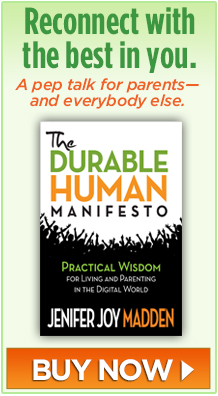 Can sidewalks save the country?
Can sidewalks save the country?
With so many of us getting so little exercise and nearly 20% of GNP being spent on treating people in poor health, the sedentary status quo is unsustainable. “The U.S. economy will collapse if we keep spending the money we’re spending on medical services,” says Richard J. Jackson, a physician, UCLA professor and former US health official. The doctor’s prescription for improving health: make it easier for people to see friends, go to the bus, shopping, work and school under their own power. In Jackson’s words, “we have to build physical activity irresistibly into peoples’ lives.”
Dr. Jackson was keynote speaker at the International Making Cities Livable Conference in Portland, Oregon – a model city for active transportation. Jackson hosts a PBS series and has written a book on designing healthy communities.
He began with these sorry statistics:
- 1 out of 2 American adults gets no regular exercise.
- 1 in 3 adults is certifiably obese.
- The number of people with type 2 diabetes (a disease related to obesity) has doubled in the past 15 years. Treatment of diabetes accounts for 2% of the GDP.
- The longer the car commute, the greater the likelihood of gaining weight.
- About 1 in every 10 kids walks or bikes to school today compared with almost 7 in 10 in 1974.
- In 2011, three-quarters of California 5th graders failed a simple fitness test.
Thankfully, other Jackson numbers proved his main point: that individuals and communities will be healthier if they are more active.
- 3,000 borderline diabetics who walked 30 minutes 5 days a week over a 6-month period reduced their diabetes risk by 50%.
- After the city of Charlotte, North Carolina opened a light rail line in 2007, drivers who switched to the train lost an average of six pounds and reduced their long-range chances of becoming obese by 81%.
- Older Americans who walked 45 minutes three days each week for a year had a 2% increase in brain volume while the brains of those who didn’t exercise shrank by 1.5%.
Meanwhile, a report by the National Association of Realtors shows that neighborhoods supported by good public transportation (which by definition are “walkable”) can be as valuable as beach front property. A person who uses a bus or train instead of driving can save $750,000 over a lifetime, according to planner/architect Jeff Speck’s new book, Walkable City.
Another lesson in how to be smart with money: when Portland spent $60 million dollars to improve its bicycle transportation system, 4% of drivers switched to cycling. But when the city poured a billion dollars into its transit system, only 2% of drivers moved to public transportation.
Does your family need help to be more connected, active, and healthy? Then get the 1-page Time Priorities Checklist.
I’ve been writing for a while now about why kids who can safely walk or bike to school are happier, healthier, more independent and ready to learn. I asked Dr. Jackson what more parents, communities and schools can do to help kids become durable adults. As he says here, kids need different lessons than they are being taught in the classroom: (interview 1 minute 10 seconds)
I was honored (and lucky) to meet Dr. Jackson just as I was writing How To Be a Durable Human, so lots of his advice is in the book. You can read the book’s prequel, The Durable Human Manifesto, by downloading the free PDF here or buying the print version.
Learn more about the author of this post on Google+




A walkable city is supported by directing transportation investments that create a virtuous cycle of walking to nearby places, consuming goods locally and reinvesting the profits in to the city. Portland, Oregon is probably the best example of this in America, Speck said. A 20-year, $65 million investment in biking and safe streets translated to 20% less driving, and a savings equal to 3% of the city’s gross domestic product. The savings are spent locally—Portlandia has more book stores and spends more on recreation, alcohol and restaurants per capita than any American city.